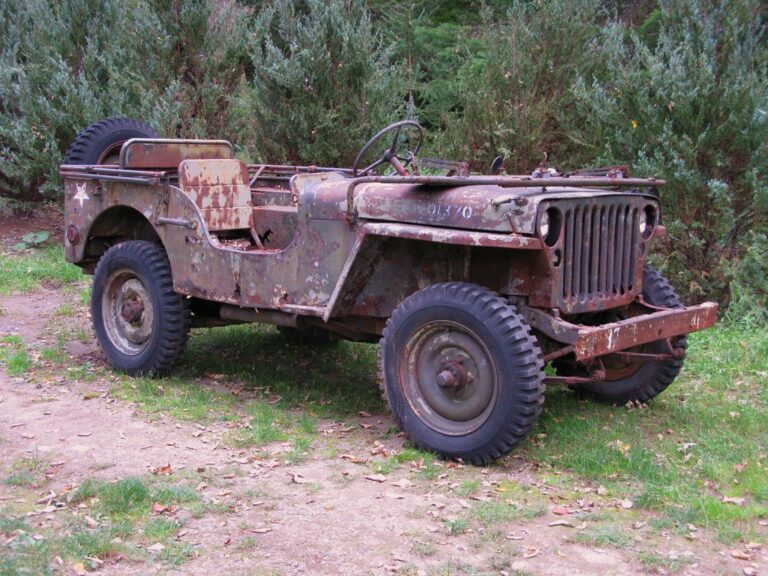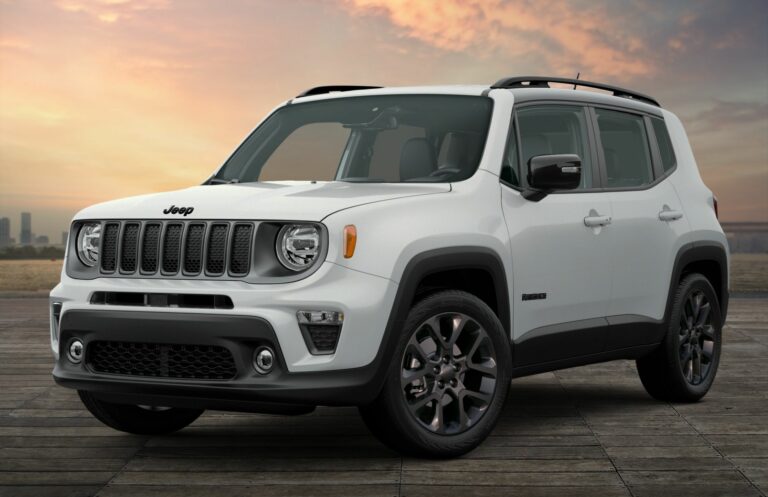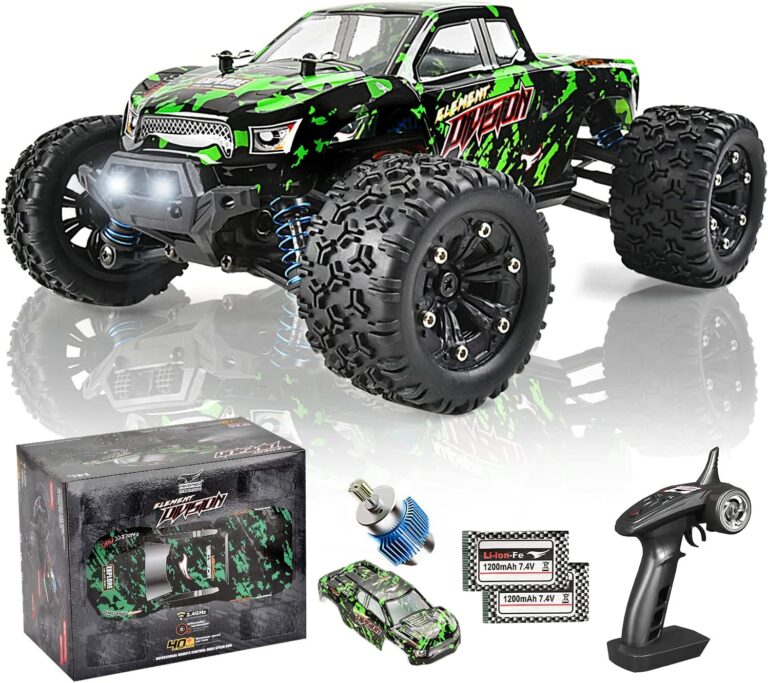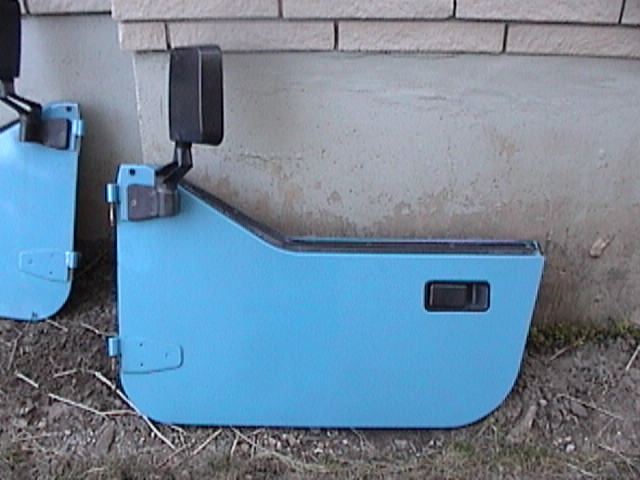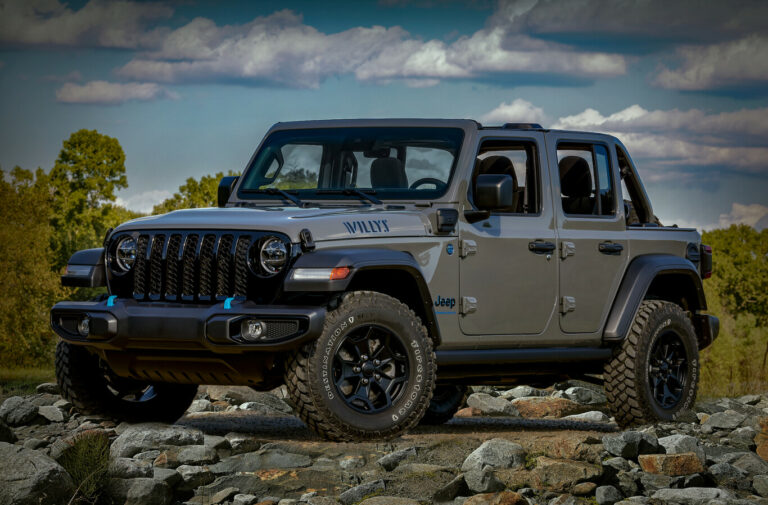Jeep Grand Cherokee 3.6 Wiki: Your Comprehensive Guide to the Pentastar Powerhouse
Jeep Grand Cherokee 3.6 Wiki: Your Comprehensive Guide to the Pentastar Powerhouse jeeps.truckstrend.com
The Jeep Grand Cherokee is an icon in the SUV world, synonymous with rugged capability, refined comfort, and a distinctive American spirit. Among its various powertrain options, the 3.6-liter Pentastar V6 engine stands out as a true workhorse, powering countless Grand Cherokees across multiple generations. This "Jeep Grand Cherokee 3.6 Wiki" serves as your definitive guide, a comprehensive repository of knowledge designed to enlighten current owners, prospective buyers, and enthusiasts about everything related to this popular and versatile iteration of the Grand Cherokee.
This article aims to unravel the intricacies of the Jeep Grand Cherokee 3.6L, from its engineering marvels to its real-world performance, common maintenance, and ownership experience. It’s more than just a car; it’s a lifestyle choice for many, balancing daily commuting with weekend adventures. Dive in to explore the depths of what makes the 3.6L Grand Cherokee such a compelling proposition.
Jeep Grand Cherokee 3.6 Wiki: Your Comprehensive Guide to the Pentastar Powerhouse
1. The Heart of the Beast: Understanding the 3.6L Pentastar V6
At the core of many modern Jeep Grand Cherokees lies the venerable 3.6-liter Pentastar V6 engine. Introduced in 2011 with the WK2 generation, this engine quickly became the standard bearer for its blend of power, efficiency, and reliability. It replaced several older V6 engines, consolidating Jeep’s offerings with a modern, all-aluminum design.
Key Specifications and Features:
- Displacement: 3.6 liters (220 cu in)
- Cylinders: V6
- Horsepower: Typically ranges from 290-295 hp (depending on model year and application)
- Torque: Typically ranges from 260-262 lb-ft
- Valvetrain: Dual Overhead Cam (DOHC) with Variable Valve Timing (VVT)
- Construction: Aluminum block and cylinder heads
- Fuel Delivery: Multi-point fuel injection (MPFI)


The Pentastar engine’s DOHC and VVT systems are crucial to its performance, allowing for precise control over valve timing for optimal power delivery and fuel efficiency across the RPM range. Its lightweight aluminum construction contributes to overall vehicle weight reduction, benefiting both handling and fuel economy.
2. Generations and Trims: The 3.6L Grand Cherokee Lineage
The 3.6L Pentastar engine has been a cornerstone across two significant generations of the Grand Cherokee:
- WK2 Generation (2011-2021): This generation saw the widespread adoption of the 3.6L Pentastar. It was offered across almost all trim levels, from the entry-level Laredo to the luxurious Summit, and the off-road capable Overland.
- Laredo: The base model, offering essential features and Jeep’s capability.
- Limited: Adds more creature comforts, improved infotainment, and often leather seating.
- Overland: Elevates luxury with premium materials, advanced technology, and often Quadra-Lift air suspension and Quadra-Drive II 4×4 system for enhanced off-road prowess.
- Summit: The pinnacle of luxury for the WK2, featuring top-tier materials, advanced safety tech, and a sophisticated ride.
- Altitude/Upland/High Altitude: Sportier or appearance-focused trims with blacked-out accents and unique wheel designs.
- WL Generation (2022-Present): The latest iteration of the Grand Cherokee continues to heavily feature the 3.6L Pentastar, now often paired with an 8-speed automatic transmission. This generation introduced the three-row Grand Cherokee L, further expanding the vehicle’s versatility.
- Laredo, Limited, Overland, Summit: These familiar trims continue, offering updated styling, enhanced technology, and improved interior design.
- Trailhawk: Reintroduced for the WL, this trim emphasizes off-road capability with specific suspension tuning, skid plates, and the Quadra-Drive II system.
- Grand Cherokee L: The extended wheelbase variant offering three rows of seating, perfect for larger families.

The consistency of the 3.6L across these diverse trims underscores its adaptability and broad appeal, serving a wide range of customer needs from daily commuting to serious adventure.
3. Performance, Fuel Economy, and Towing Capabilities
The 3.6L Pentastar V6 strikes an impressive balance between spirited performance and reasonable fuel efficiency, making it an ideal choice for the Grand Cherokee.
- Performance: With nearly 300 horsepower, the 3.6L provides ample acceleration for highway merging and confident overtaking. It feels responsive and capable in most driving situations, whether in urban environments or on open roads.
- Fuel Economy: While not a hybrid, the 3.6L offers competitive fuel economy for a mid-size SUV.
- WK2 (2011-2021): Typically ranges from 18-19 MPG city / 25-26 MPG highway for 2WD models, slightly less for 4WD.
- WL (2022-Present): Similar figures, often around 19 MPG city / 26 MPG highway for 2WD models, due to improved aerodynamics and transmission tuning.
- Towing: One of the significant advantages of the 3.6L Grand Cherokee is its robust towing capacity. Most 3.6L models are rated to tow up to 6,200 pounds when properly equipped, making them capable of hauling small to medium-sized trailers, boats, or campers. This makes it a popular choice for those with recreational needs.
4. Maintenance and Common Considerations
Like any sophisticated engine, the 3.6L Pentastar benefits from diligent maintenance. While generally reliable, there are a few common considerations and maintenance tips to be aware of:
- Oil Cooler/Filter Housing Leaks (WK2): This is perhaps the most well-known issue. The plastic oil cooler/filter housing assembly can degrade over time, leading to oil leaks. Replacing it with an updated aluminum aftermarket part is a common solution.
- Rocker Arm/Lifter Issues (WK2): Less common but reported, some early WK2 models experienced premature wear on rocker arms and lifters, often indicated by a ticking noise. Regular oil changes with quality synthetic oil can help mitigate this.
- Water Pump Failure: As with many engines, the water pump is a wear item that can fail, leading to overheating. Watch for coolant leaks or rising temperature gauges.
- Timing Chain: The 3.6L uses a timing chain, designed to last the life of the engine. However, proper oil maintenance is critical to prevent premature wear.
- Routine Maintenance:
- Oil Changes: Every 5,000-10,000 miles (check your owner’s manual for specific intervals based on driving conditions and oil type).
- Spark Plugs: Typically every 100,000 miles.
- Coolant Flush: Every 5 years or 100,000 miles.
- Transmission Fluid: Check your manual; some transmissions are "sealed for life," but many experts recommend changing fluid around 60,000-80,000 miles for longevity.
- Brakes, Tires, Filters: Standard vehicle maintenance applies.
Practical Advice: Adhere strictly to the manufacturer’s recommended maintenance schedule. Use high-quality synthetic oil. Be proactive about addressing any unusual noises or fluid leaks. A pre-purchase inspection by a trusted mechanic is highly recommended when buying a used 3.6L Grand Cherokee.
5. Driving Experience and Versatility
The Grand Cherokee 3.6L excels in versatility.
- On-Road Comfort: The independent suspension (especially with available air suspension like Quadra-Lift) provides a smooth, composed ride on pavement, making long road trips enjoyable. The cabin is generally quiet and well-appointed, particularly in higher trims.
- Off-Road Capability: This is where the Grand Cherokee truly shines. Equipped with Jeep’s legendary 4×4 systems (Quadra-Trac I, Quadra-Trac II, Quadra-Drive II), the 3.6L Grand Cherokee can tackle challenging terrains with ease. Features like Selec-Terrain (allowing drivers to select modes for snow, sand, mud, rock, and auto), low-range gearing, and ample ground clearance (especially with air suspension) make it a formidable off-roader. While not a Wrangler, it offers a blend of capability that few other SUVs can match.
6. Buying Guide: What to Look For in a Used 3.6L Grand Cherokee
When considering a used Jeep Grand Cherokee 3.6L, a few key areas warrant attention:
- Service History: A complete and consistent service record is invaluable. Look for evidence of regular oil changes and any major repairs.
- Oil Leaks: Inspect the underside of the vehicle for signs of oil leaks, particularly around the oil filter housing area.
- Engine Noise: Listen for any ticking or knocking sounds from the engine, especially on a cold start.
- Transmission Shifts: Ensure smooth shifts without any jerking or hesitation.
- 4×4 System Check: If it’s a 4WD model, test the different 4×4 modes (if applicable) and listen for any unusual noises.
- Tire Wear: Uneven tire wear can indicate alignment issues or suspension problems.
- Rust: Check for rust, especially on the undercarriage, brake lines, and body panels, particularly in regions with harsh winters.
- Recalls: Check the VIN for any outstanding recalls.
7. Typical Market Value & Ownership Costs (Estimated)
Please note that prices are highly variable based on year, mileage, condition, trim level, location, and market demand. The following table provides a general estimate for the used market.
| Grand Cherokee 3.6L Trim/Year Range | Estimated Used Market Price (USD) | Annual Estimated Ownership Cost (USD) | Notes |
|---|---|---|---|
| Grand Cherokee 3.6L Trim/Year Range | Estimated Used Market Price (USD) | Annual Estimated Ownership Cost (USD) | Notes |

